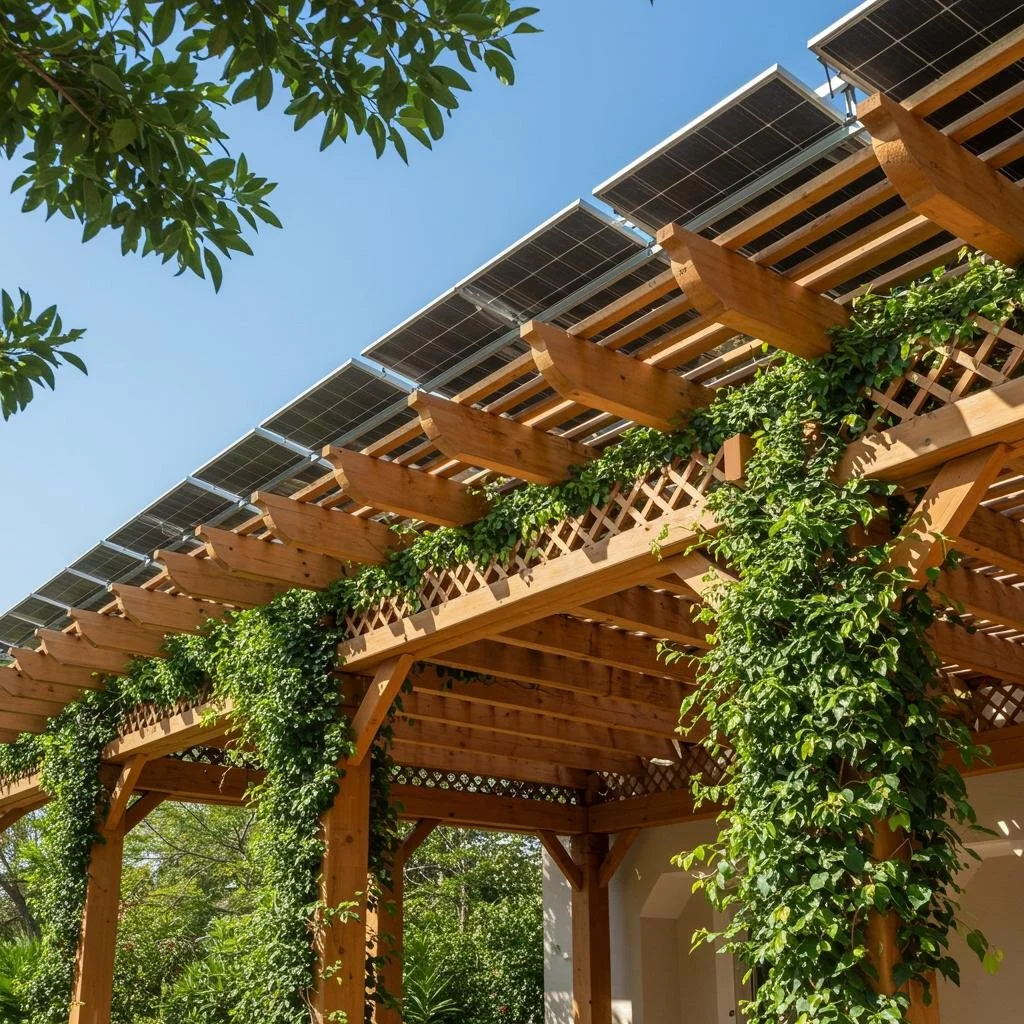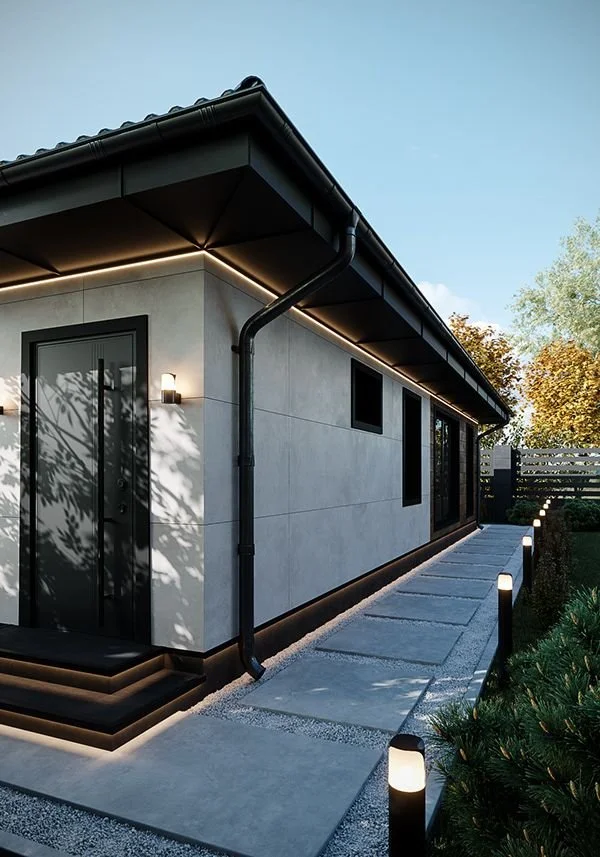When you think of a perfect backyard, what comes to mind? For many homeowners, it's a space that caters to family fun, offers a safe environment for children to play, and accommodates pets that love to run around.
Installing artificial turf is one of the best ways to create this kind of space. Unlike natural grass, which can quickly become worn down from foot traffic or pet activity, synthetic turf offers a durable, easy-to-maintain solution that will stand the test of time.
In this article, we share how turf can significantly transform your outdoor environment and provide a safe, inviting space for relaxation, recreation, and enjoyment. By incorporating high-quality turf, you can create a lush, green oasis that enhances the aesthetics of your property while ensuring a comfortable area for family and friends to gather.
If you're ready to transform your outdoor space into a paradise for your kids and pets, working with expert Turft Installers can help you find the perfect solution.
No. 1
Safety First: A Soft Landing for Kids and Pets
The safety of your children alongside your pets requires absolute priority. Natural grass lawns sometimes create areas with exposed dirt alongside muddy and unlevel surfaces, creating hazards for people who might fall and get hurt.
Artificial turf provides a non-threatening surface with softness that minimizes the possibility of knee or elbow scrapes. The synthetic grass surface duplicates natural grass sensation through its premium fibers, creating protective cushioning suitable for children's active play.
The advantages of artificial grass extend to pets precisely the way they do for other users. Dogs' natural digging and running behavior causes severe damage to natural grass lawns, which become muddy through their rough activities.
The material structure of turf enables it to remain resistant during active use without developing damage. Artificial grass requires minimal maintenance to avoid dirt stains on your children and pets, and the mess they bring into your home.
No. 2
Low Maintenance and No Mess
Homeowners with children and pets face significant obstacles when trying to maintain their outdoor spaces in a neat condition. The existence of natural grass creates two problems: rainwater leaves muddy trails behind, and pets create undesirable waste.
Artificial turf prevents all outside maintenance problems from occurring. The turf drainage mechanism operates efficiently to let water through, which stops puddles and mud formation even during heavy rainstorms.
The process of cleaning up after pets becomes straightforward. The advantage of artificial turf over natural grass is its ability to receive water pressure from a hose that removes unwanted smells and stains from your outdoor space.
Synthetic turf possesses excellent longevity, ensuring its perfect appearance will endure for multiple years. Your outdoor space remains worry-free since synthetic turf prevents both grass death and damage to high-traffic areas.
The artificial turf surface is designed to stand strong and resilient throughout soccer matches involving energetic children, as well as enthusiastic dog fetch games, ensuring the maintenance of a beautiful and inviting outdoor playing environment for all to enjoy.
No. 3
Environmental Benefits of Artificial Turf for Your Family
Synthetic grass benefits children and pets precisely, but also brings environmental benefits, which should be noted. Maintaining traditional lawns through watering consumes a substantial amount of water, especially when drought conditions are present in your location.
Moving your lawn to artificial turf greatly minimizes your water consumption. Artificial grass enables water conservation by eliminating the need for watering yet maintaining its green appearance.
Turf provides an eco-friendly advantage because it allows homeowners to eliminate the need for dangerous pesticides and fertilizers. Natural grass maintenance with chemical products harms both environmental systems and human health, specifically children and pets who play on treated areas. Synthetic turf doesn't require chemicals, ensuring safety for families and the environment.
Rejuvenation
Rejuvenation believes in the power of thoughtful design - explore their extensive range of outdoor hardware, including stylish accessories that add character and charm to your home's exterior.
No. 4
Creating a Kid-Friendly and Pet-Approved Outdoor Space
Artificial turf transforms ordinary outdoor spaces into functional areas that deliver entertainment value. It serves as an ideal playground for children who want to perform backyard sports and games or relax under the sunlight. Synthetic turf provides a flexible playing surface that gives children safe, endless entertainment through activities ranging from soccer matches to dog playtime.
For pets, the benefits are just as compelling. Dogs love to run, roll, and chase, and turf provides an ideal surface for all these activities. The turf’s ability to stand up to heavy use means that even the most playful of pets can enjoy it without causing damage.
Furthermore, turf can help reduce the mess that often comes with pets, keeping your home cleaner and your backyard looking great year-round.
Takeaways
Integrating artificial turf into your outdoor environment serves both functional and practical purposes by enhancing how your family interacts with the yard space. Homeowners benefit from turf as it provides a secure playground base for children and a durable surface for pets, all with minimal maintenance requirements.
Artificial grass is an excellent choice for families looking to create the ultimate backyard, as it combines sturdy construction with environmental benefits. When you're ready to upgrade your outdoor space, contact professional turf installers to help you find the perfect solution for your needs!
Looking For Home Resources?
Looking to enhance your living space and create a sanctuary that supports your well-being? Explore our home partners who offer a wide range of resources to elevate your home environment.




























































































































































































